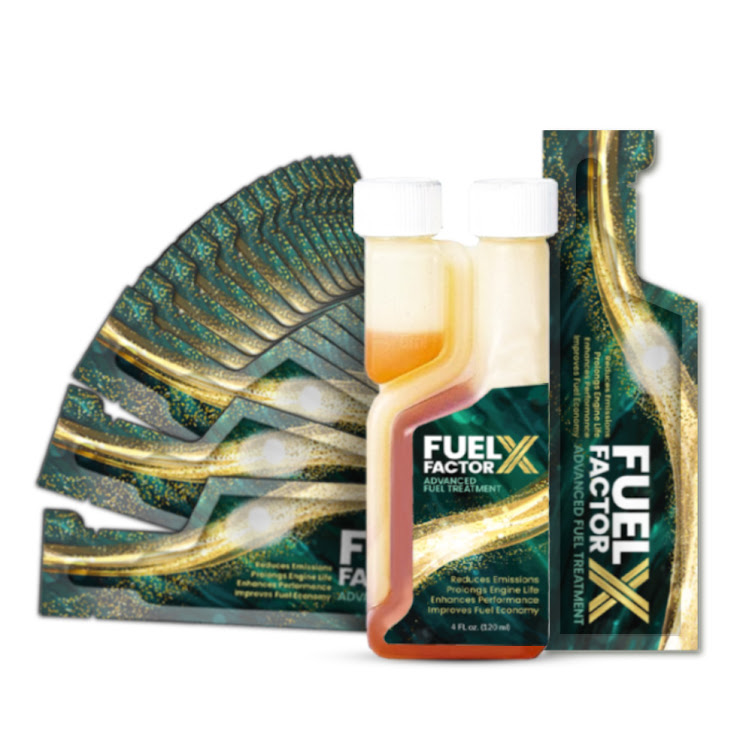Here's an outline of the engine parts involved in burning fuel in a car, along with explanations of how each part works:
1. Intake System:
▪️ Air Filter: Removes dust and debris from the incoming air, ensuring clean air enters the engine.
▪️ Throttle Body: Controls the amount of air flowing into the engine by opening or closing a valve.
▪️ Intake Manifold: Distributes the air evenly to each cylinder.
2. Fuel System:
▪️ Fuel Pump: Draws fuel from the fuel tank and delivers it to the engine.
▪️ Fuel Tank: Stores the fuel until it is needed by the engine.
▪️ Fuel Lines: Transports fuel from the tank to the engine.
▪️ Fuel Injectors: Spray fuel into the intake manifold or directly into the combustion chamber in precise amounts.
▪️ Fuel Pressure Regulator: Maintains consistent fuel pressure for efficient combustion.
2. Combustion Chamber:
▪️ Cylinder Head: Covers the top of the cylinders and contains the combustion chambers.
▪️ Cylinder Block: Holds the cylinders and provides support for various engine components.
3. Pistons:
▪️ Move up and down within the cylinders, compressing the air-fuel mixture and converting it into mechanical energy.
▪️ Piston Rings: Seal the piston against the cylinder walls, preventing leakage of gases.
▪️ Connecting Rods: Connect the pistons to the crankshaft, converting linear motion into rotational motion.
4. Valves (Intake and Exhaust):
▪️ Control the flow of air-fuel mixture into the cylinders and the exhaust gases out of the cylinders.
▪️ Valve Springs: Ensure proper valve operation by exerting a specific amount of force on the valves.
5. Camshaft:
▪️ Controls the timing and duration of valve opening and closing.
▪️ Timing Belt/Chain: Synchronizes the rotation of the camshaft and crankshaft.
6. Ignition System:
. Spark Plugs: Produce an electric spark that ignites the air-fuel mixture in the combustion chamber.
Ignition Coil: Converts the low voltage from the battery into a high-voltage spark for the spark plugs.
▪️ Distributor (or Ignition Control Module): Distributes the high-voltage current to the correct spark plug at the right time.
7. Exhaust System:
▪️ Exhaust Manifold: Collects the exhaust gases from each cylinder and funnels them into a single pipe.
▪️ Catalytic Converter: Converts harmful pollutants in the exhaust gases into less harmful substances through chemical reactions.
▪️ Muffler: Reduces noise produced by the exhaust gases.
▪️ Exhaust Pipe: Routes the treated exhaust gases out of the vehicle.
8. Cooling System:
▪️ Radiator: Helps dissipate heat from the engine coolant by transferring it to the surrounding air.
▪️ Water Pump: Circulates the engine coolant, ensuring proper cooling.
▪️ Thermostat: Regulates the flow of coolant based on the engine temperature.
▪️ Cooling Fan: Assists in cooling the radiator by pulling air through it when needed.
Please note that the explanations provided are simplified overviews of how each component works, and the actual mechanisms involved may be more complex.

No comments:
Post a Comment